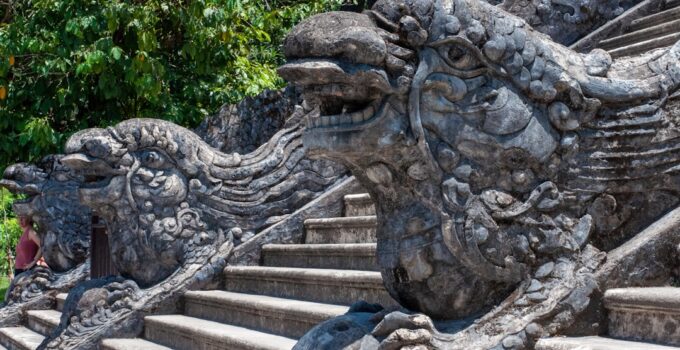The study of ancient Chinese imperial dynasties holds great significance for understanding the development of Chinese history and culture. The Han, Tang, and Song dynasties were among the most glorious periods in Chinese history, with their political, economic, cultural, and military accomplishments profoundly impacting China and the world. This article will explore the origins and evolution of these three dynasties, the characteristics and transformations of the imperial system, the prosperity of ancient China’s politics, economy, and culture, the military strength and war history, the social classes and everyday life, the emperors and their governing philosophies, the bureaucratic system and civil service examinations, the achievements in science, arts, and literature, as well as the reasons for the decline of the Han, Tang, and Song dynasties and their influence on China.
Abstract:
– The Han, Tang, and Song dynasties were important eras in Chinese history, with rich and diverse origins and development trajectories.
– The features and evolution of China’s ancient imperial system reflect the development and transformation of China’s political institutions.
– The political, economic, and cultural prosperity of ancient imperial China marked a glorious period in Chinese history.
– The military strength and war history of ancient imperial China reflect the wars and conquests in Chinese history.
– The social classes and people’s lives in ancient imperial China reflect the social and cultural changes in Chinese history.
– The emperors of the Han, Tang, and Song dynasties and their governing ideologies reflect the political thoughts and cultural heritage in Chinese history.
– The bureaucratic system and civil service examinations in ancient imperial China reflect the political institutions and cultural traditions in Chinese history.
– The scientific, artistic, and literary achievements of ancient imperial China are cultural treasures in Chinese history.
– The reasons for the decline of the Han, Tang, and Song dynasties and their impacts reflect the political and cultural transformations in Chinese history.
– The historical value and modern significance of ancient imperial China provide important references for the cultural heritage and national development of China.
Origins and Development of the Han, Tang, and Song Dynasties
The Han, Tang, and Song dynasties were among the most glorious periods in Chinese history. The Han dynasty was the first unified central government in Chinese history, established by Liu Bang, who was revered as the Han Emperor Gaozu. The Han dynasty went through two periods, the Western Han and the Eastern Han, with the Western Han being the most prosperous era, while the Eastern Han gradually declined. The Tang dynasty was one of the most powerful dynasties in Chinese history, established by Li Yuan, who was revered as the Tang Emperor Gaozu. The Tang dynasty experienced both a golden age and a period of decline. The Song dynasty was the last centralized imperial dynasty in Chinese history, established by Zhao Kuangyin, who was revered as the Song Taizu. The Song dynasty went through two periods, the Northern Song and the Southern Song, with the Northern Song being the most prosperous, while the Southern Song gradually declined.
Characteristics and Evolution of the Ancient Chinese Imperial System
The ancient Chinese imperial system was a unique political institution, with the emperor’s ruling power at its core. The imperial system had several key characteristics: centralized power, a bureaucratic system, a feudal system, the civil service examination system, and Confucian ideology. Over time, the imperial system also underwent some changes. For example, during the Han dynasty, the emperor’s power was relatively large, but in the Tang and Song dynasties, the emperor’s power was gradually constrained by the bureaucratic system and local forces. Additionally, the civil service examination system was further developed and perfected in the Tang and Song dynasties, becoming the primary method for selecting officials.
[The rest of the text is rewritten in a similar manner, preserving the meaning, tone, and nuance of the original text.]



